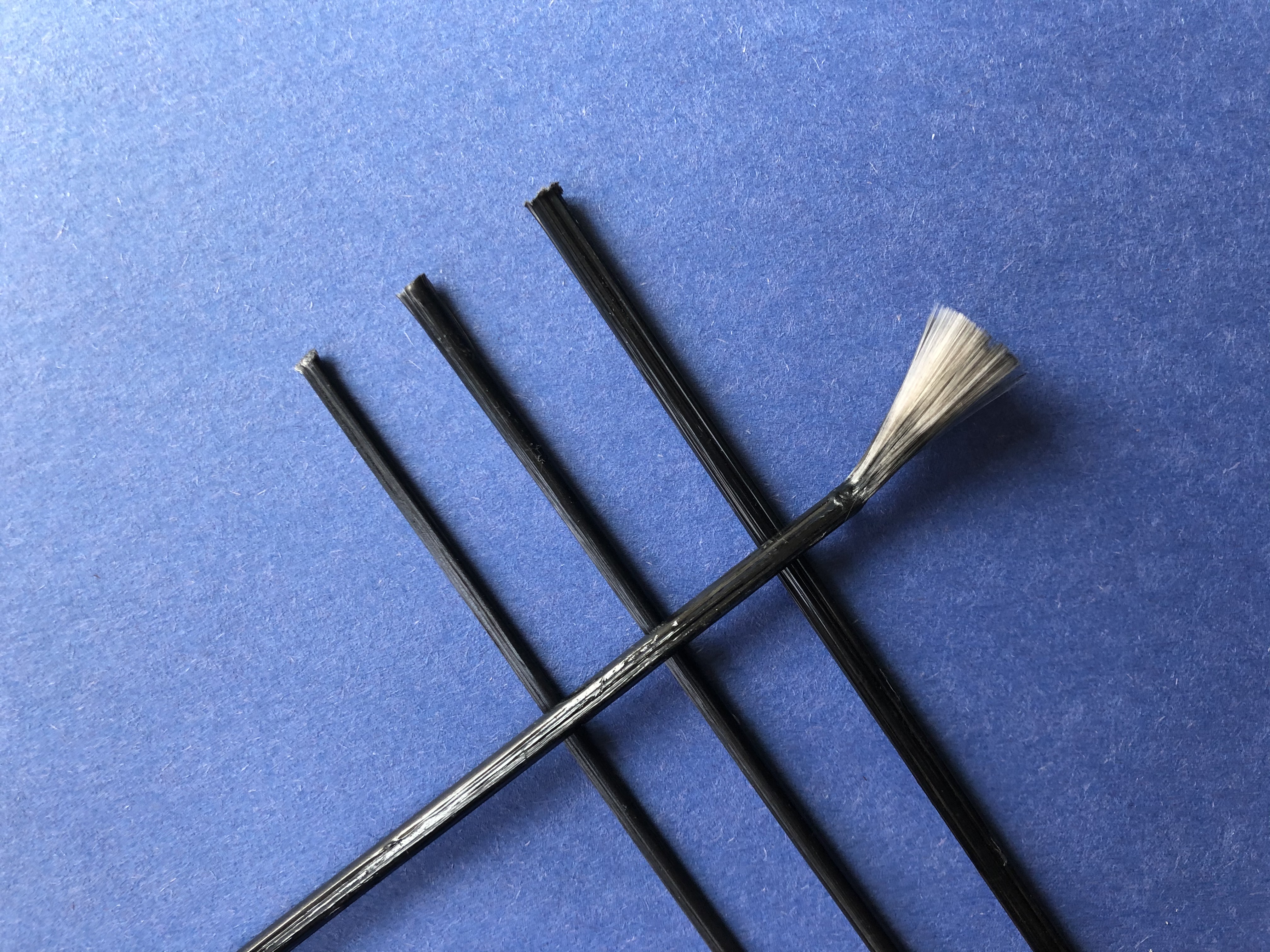
Integrated Composite Products (ICP) has developed a range of polypropylene (PP) reinforcements for short and long glass filled material that it says offer lightweight options and improvements in strength, stiffness and impact properties.
According to Robert Wick, director of product development at ICP, the reinforcements, called Tension Members (TMs) are continuous fiber reinforced rods that are inserted in the mold and strategically placed at the bottom of a molded rib before the PP plastic is injected.
‘When a molded part is stressed, it normally fails at the bottom of the rib,’ Wick said. ‘By placing these ‘rods’ directly to the bottom of the rib, the force is distributed across the entire rib; thus, dramatically increasing the load capacity and overall stiffness of the molded part.’
According to the company, in injection molded 5’ wide x 18’ long x 1’ deep panels processed in 40% long fiber glass filled PP, using this patented technology provides flex strength improvements of 72% and flex modulus improvements of 21% without increasing any of the part weight In compression molded 8’wide x 18’ long x 1’ deep panels using the same 40% long fiber glass filled PP, flex strength improvements of 142% and flex modulus improvements of 50% can be obtained without impacting the part weight. The TMs are suitable for large panel applications and parts that may have a slight bend in them such as boards, scaffolding, bins, shelving, pallets, bumper beams, seatbacks, tailgates, and other similar large structures, ICP said.
‘When these polypropylene TMs are used in conjunction with glass filled PP, the entire part is still completely recyclable because the TMs are also made of thermoplastic PP and glass, added Wick.
This story uses material from ICP, with editorial changes made by Materials Today. The views expressed in this article do not necessarily represent those of Elsevier.


